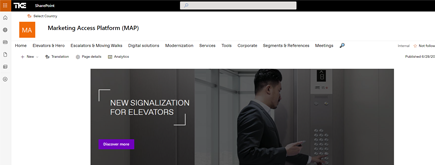Search Engine Optimization Checklist

Improving SEO (Search Engine Optimization) involves various factors in HTML and beyond. Here are some key HTML elements and practices to consider for better SEO:
-
Page Title (
<title>): Use descriptive, unique, and relevant titles for each page. This is one of the most important on-page SEO elements. -
Meta Description (
<meta name="description">): Write concise and informative meta descriptions for each page to provide a summary of the page's content. -
Headings (
<h1>,<h2>, etc.): Use proper heading hierarchy (only one<h1>per page) to structure content and convey importance. -
Images (
<img>): Use descriptive alt attributes for images to provide context for search engines and assist users with disabilities. -
Links (
<a>): Use meaningful anchor text for internal and external links. Avoid "click here" or generic text. -
Structured Data (
<script type="application/ld+json">): Implement structured data (JSON-LD format) to provide context to search engines and potentially enable rich snippets in search results. -
Canonical URL (
<link rel="canonical">): Use the canonical tag to specify the preferred version of a page when there are duplicate content or URL variations. -
URL Structure: Create clean and descriptive URLs that include relevant keywords and structure the content's hierarchy.
-
Mobile-Friendly (
<meta name="viewport">): Ensure your website is mobile-responsive and properly optimized for various devices. -
Sitemap (
<link rel="sitemap">): Provide a sitemap to help search engines crawl and understand your site's structure. -
Robots.txt and Robots Meta Tag (
<meta name="robots">): Use these to control what parts of your site should be crawled by search engines. -
Page Speed Optimization: Optimize your HTML, images, and other assets for faster loading times. Speed is a ranking factor.
-
Keyword Usage: Include relevant keywords naturally in your content, titles, headings, and meta descriptions. Avoid keyword stuffing.
-
Secure Connection (
<meta http-equiv="Content-Security-Policy">): Use HTTPS for a secure connection, which is considered a ranking factor. -
Content Quality: Provide high-quality, relevant, and valuable content that satisfies user intent.
-
User Experience: Design your website for a positive user experience, including easy navigation and clear calls-to-action.
-
Analytics (
<script>): Implement analytics tracking (e.g., Google Analytics) to monitor user behavior and improve your site based on data. -
Social Meta Tags (
<meta property="og:...">): Use Open Graph meta tags to control how your content is displayed when shared on social media.
Remember, SEO is a long-term strategy, and search engine algorithms can change. Staying up-to-date with SEO best practices and focusing on user experience are essential for maintaining and improving your website's visibility in search engines.



